10 days in Kosovo – the capital of Pristina
The first day in Pristina
Short Description. I left the Rugova Valley, and in the capital of Pristina, I met Julie for lunch. In the evening, I went to Brixhita’s house.
Long Description
As soon as I left the Rugova Valley, I finnaly had internet signal. Thus I found out that in Pristina, I would no longer stay at Leonita’s place, but at Brixhita’s apartment. And for lunch, I would meet Julie from Australia. I had a hard time finding a parking place in the Kosovan capital, but I somehow managed to find a place and meet Julie.
Julie was from Australia, where she had four children. Before she came to Kosovo, she lived in England. She came to Kosovo to replace a friend during her maternity leave and taught graphic design in a school for a while. Then she had had a cafe in Pristina but she had just closed it 6 months ago. At the time of my visit, she had a small NGO which ensured her legal residence there. Julie preferred Kosovo for its social life, with a very diverse and active diaspora. We first went to a cafe, then to a Mexican restaurant where I had quesadilla with chicken and very sour lemonade.
After lunch, Julie showed to me the National Library – a monument of modern architecture dating back to the 1970ties. The library had a simple volume finished with square wire on the outside. After that, we went to Julie’s house, where she had two kittens: a small one – very energetic and constantly mewing, and a bigger one – it slept on his back, with its paws pointing exactly upwards. I couldn’t stay at her place because she had already been hosting an Italian, Dario, who played guitar in the street for some money.
In the evening, I met Brixhita at the Clock Tower. Then we met Tom in the city center and went to Brixhita’s home all the three of us. Tom was Irish and lived with his family in Greece. He hitch-hiked through the Balkans. Brixhita had come from Albania and worked in an architecture office in Pristina, where she had rented a house with a terrace and courtyard. Brixhita participated in many architecture competitions which took place in the region due to the communist context (very challenging for architects). She told me about Libeskind’s office in Belgrade. In the evening, we all cooked pasta and salad while Brixhita and Tom enjoyed a beer too.
The second day in Pristina
Short Description. I went to the Sultan Mehmet and Jashar Pasha mosques, then visited the Kosovo Museum and the Ethnographic Museum. I returned to Brixhita’s place in a quiet neighborhood of the Kosovan capital.
Long Description
During the first half of the day it rained in Pristina and therefore, I went to the city center only at noon. At the Sultan Mehmet Fatih Mosque, old Muslims were getting ready for the prayer. All of them had berets on their heads and were performing their ablutions at the fountain in front of the mosque. After I visited the mosque, a young man accosted me and started to explain to me the importance and the vast spreading of the Islamic religion around the world. For him, Islam seemed the most beautiful religion and couldn’t understand why Romanians aren’t Muslims. I succeeded to elude in an elegant way and crossed the street towards the Clock Tower. Then I headed toward the Jashar Pasha Mosque, where the muezzin was still singing in the loudspeaker.
The Kosovo Museum hosted an exhibition with Neolithic artifacts. Not far from there, an Ottoman-style house with a large, shaded veranda housed half of the Ethnographic Museum. Whereas another traditional house exhibited panels regarding various aspects of the Albanian life: birth, marriage, death. The old bazaar in Pristina had just one street with mixed shops on both sides and it ended with the fruits and vegetable market – a true hubbub from where I managed to get away without buying anything. I had a hard time finding a terrace where I ate beans with meat and a mixed salad. When it started to rain, they offered to me two glasses of Turkish tea on the house.
In the evening, Brixhita texted to me that she would come home late. Therefore I took advantage to recover and sleep as much as I needed.
The third day in Pristina
I spent some time with Brixhita while we had our morning coffee on the terrace. At noon I again met Julie in the city center. We had a daily menu at a restaurant on the main pedestrian street (soup, fish fillets pane) and drank a flavored cafe machiatto. Then we went to a tailor shop where she bought some material for a dress. In the afternoon, I met Leonita – a native Kosovan who told me about her travels to Moscow and Ukraine. As a video-editor, she felt very proud of her job. In the evening, I dined with Brixhita and chatted until we couldn’t keep our eyes open late at night.
From Pristina back to Macedonia
Short Description. I left Pristina and stopped at the Gracanica Monastery and then at the archaeological site of Ulpiana. I took lunch after I visited the Gradime Cave. In the afternoon, I arrived in the town of Kumanovo in Macedonia.
Long Description
From Pristina, I headed to Gracanica – a highly tourism-developed suburb of Pristina, packed with stalls, vegetable markets, hotels, and restaurants. Part of the UNESCO medieval monuments in Kosovo, the Gracanica Monastery had been listed due to its unique combination of interior frescoes painted on tall arched pillars and elongated steeples. Several buildings with nuns’ cells surrounded the central church. As I was walking by, a nun banished me in Serbian to not walk anymore in front of ‘her’ cells – I didn’t understand what she said but I could guess.
Close to Gracanica, I discovered the archaeological site of Ulpiana, the largest Roman archaeological site in Kosovo (surprisingly well arranged and preserved). Located on the Roman road linking Constantinople to Rome, the site included a Roman castrum (with a Paleo-Christian basilica, a pagan temple, tabernae/ tavernas, thermae with hypocaust system well-preserved, entry gates to the castrum), necropolis, archiepiscopal basilica, and an enormous baptistery. A team of French archeologists were digging on site and regularly emptied barrows of gravel. A limping doggie irremediably fell in love with me.

Ulpiana Archeological Site, near Pristina – the memoria (an edifice that served as a collective grave construction)
Before I crossed the border to Macedonia, I took a detour to the Gracanica reservoir, then drove through heavy traffic toward Gradime. The cave in Gradime had been discovered in the courtyard of a local and it was entirely dug in marble. The guide spoke only Albanian, but the tall, mighty stalactites spoke for themselves. At the cave’s entrance, I devoured a schnitzel at the nearby restaurant, then drove toward Skopje and Kumanovo. In Macedonia, I encountered a heavy traffic and a long queue at the highway’s peage. The time I gained on the highway I lost it at the peage. I bypassed the capital of Skopje, then got lost when I arrived in Kumanovo. Eventually, a local riding a motorbike helped me and escorted me to Nate and Goran’s house, where I had planned to spend the following three days.
A few days in Kosovo’s capital – Pristina is the last diary from a 10-day road trip through Kosovo. The previous diary, my second post from Kosovo can be found at From Prizren to Pristina – through Peja and the Rugova Valley. And here are all my Travel Diaries from Kosovo, the Balkan Countries (x3).
Have you been to Kosovo or plan to go there? Leave a comment below this post and tell me what you liked about Kosovo or what you’re interested to see there.
Want to subscribe to my travel diaries? Just leave your email in the subscription form below and you’ll be notified when I publish a new travel diary.
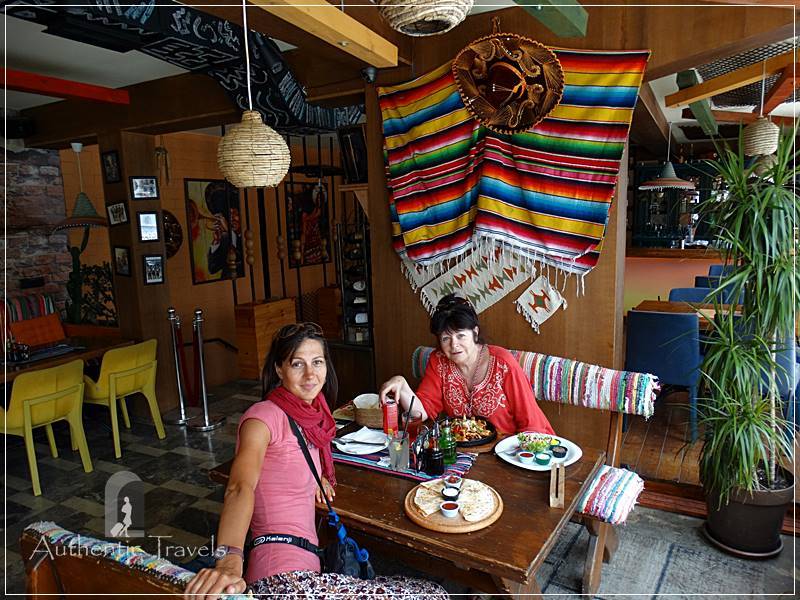
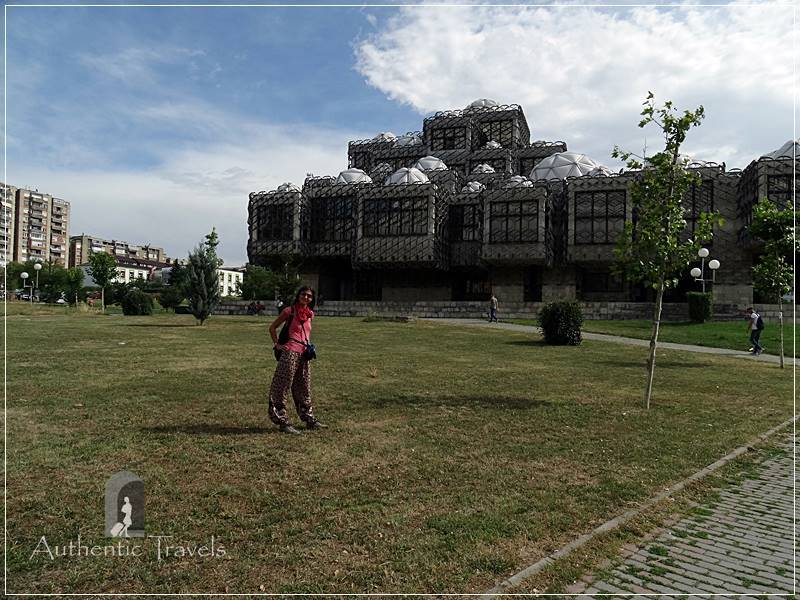
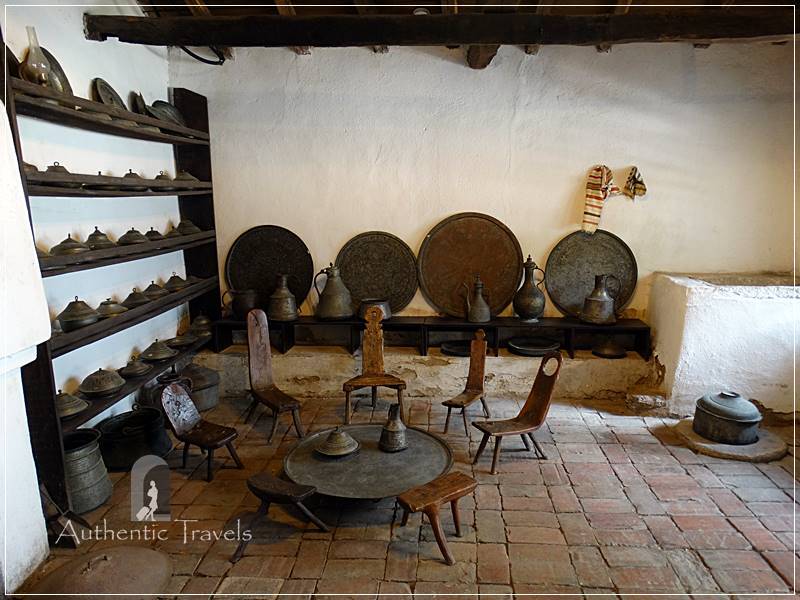
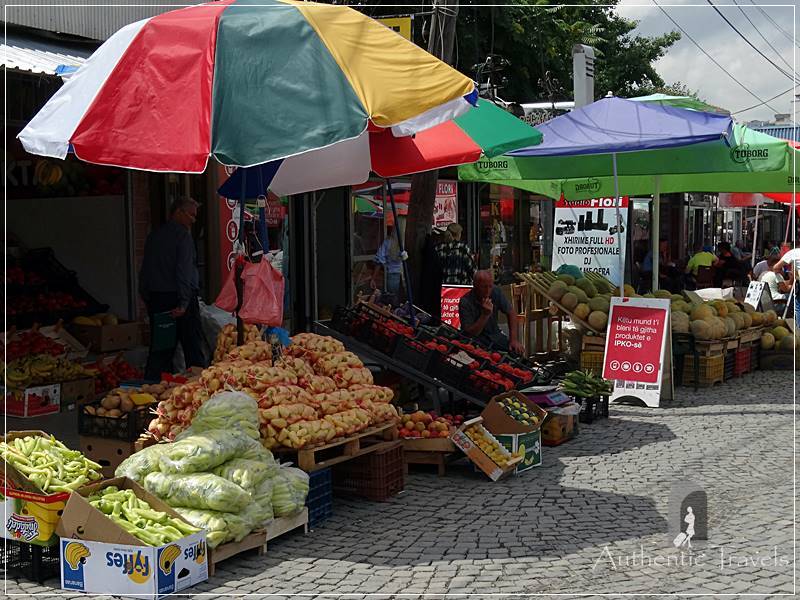
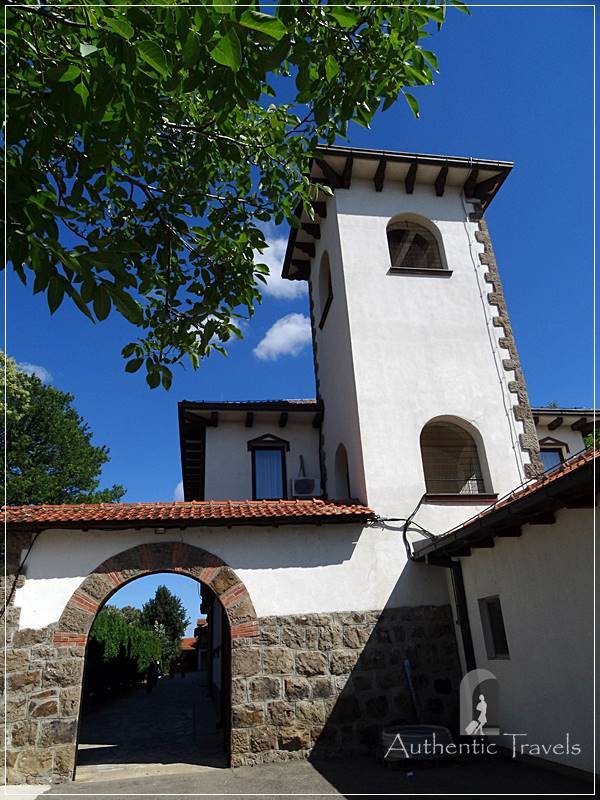
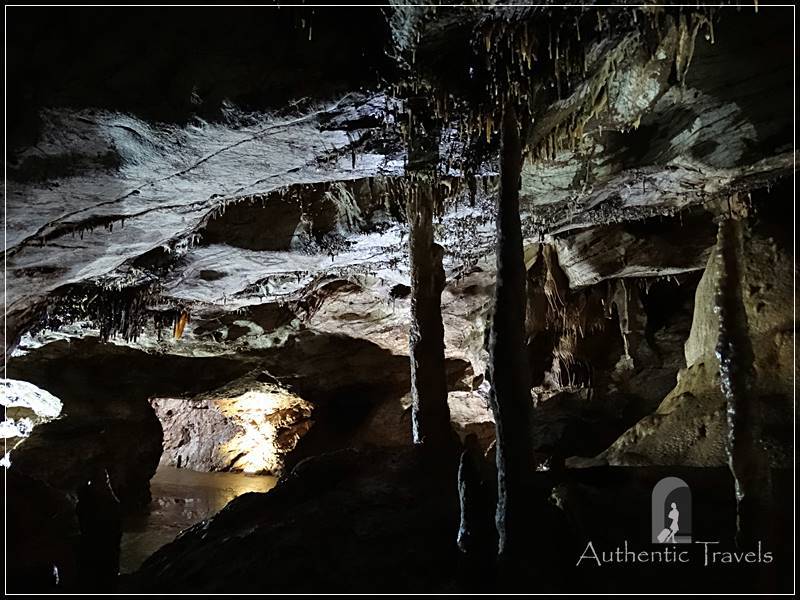
To be honest, I don’t know too much about Kosovo. Yet, it looks like a fabulous place with rich culture and history. Whenever I go travel, I love visiting local markets to buy the seasonal fruits. Do you know what is the popular fruit in the area? I’m also fascinated by caves so Gradime Cave is now on my bucket list.
Kosovo was part of former Yugoslavia. They are still not in good terms with Serbia (their neighbors). I don’t know which is the local fruit, in the region grow apples, plums, apricots ….
I always learn about the most interesting places from your blog! I would not have thought that Kosovo had so much to do. And, I definitely would not have thought that they would have a Mexican restaurant!? Perhaps it is much more modern than I ever would have thought. Hoping to get to go someday!
After the war, Kosovo developed a vibrant diaspora scene. This is what an expat woman living there told me.
It is always great when you know local people to connect with when you travel. We have found it a great way to see another view of a travel spot. It sounds like you had a busy 3 days in Kosovo. Local markets are always on my list when I visit a new town. I am sure the Kosovo Museum provided good insights into this town and history.
I stayed only in Pristina for three days. In Kosovo, I stayed 10 days. And indeed, I stayed in pristina because I met so many locals and it was fun after a long solo trip.
Kosovo looks like a really cool place to visit. I loved the Pristina Library and the Gradime caves. Visiting the local markets would be a lot of fun, and the Ulpiana Archaeological Site would have me exploring for days!
I would have liked to visit that library inside but I was with a friend, so I had to say no.
Kosovo is something new to me, but I am interested in visiting their museum. The local fruit shops catch my interest too. It is always a good idea to buy locally produced.
I always love to take pictures of local markets. They have such a great and colorful atmosphere.
I haven’t been to this part of Europe yet. But I would like to go there on a road trip. I would love to see Kosovo. I like the famous post-modernist library you described. I would like to visit the old bazaar because I love markets, full of shops, local food, and local people. Ulpiana, the most significant Roman archaeological site in Kosovo, seems to be interesting, too. And I would love to take pictures of Gradime Cave, it looks great!
Gradime Cave and Ulpiana were not on the list but I passed near them, so I thought ‘yes, let’s give it a try.’ And I enjoyed them both.
I’ve always been curious about road tripping the Balkans and Kosovo now sounds particularly fascinating. Very few travelers road trip in these areas so this genuine, current info is particularly helpful! We’re actual in Poland at the moment had dreams of a making it as all around Eastern Europe but the borders have closed as you heard…but they have to open up eventually and when they do Kosovo will be on the list!
Well, the border between Serbia and Kosovo is closed anyway and you cannot pass in that direction. The opposite is available though – you can cross from Kosovo to Serbia.
As a Romanian, I heard often about Kosovo and its people. It looks so interesting. I am really mesmerized about your connections there! 🙂 You met so many interesting people. I would have loved to visit the Ethnographic Museum. We have those in Romania, as well and I always enjoy visiting them, because I feel that, as a traveler, you can really immerse in the culture that they are representing. As I lived 2 years in Ankara, during my adolescence, I would have definitely enjoyed to visit a mosque and listed to the muezzin in the loudspeakers 🙂 thank you for sharing your adventures!
PS: I love the way to put the short summary before the “longer” story! 🙂
Iulia, thank you for your reply. Two Romanians here in the travel blogging scene. I like that you find the short description useful. I put it there because it is very useful for me too, but if you like it, it’s even better.
Am quite intrigued by those caves in Kosovo. They look creepy and at the same time make me curious. The Ulpiana Archeological Site is quite unusual – have never seen graves like those. The Ethnographic Museum would have given you some really interesting insights into the local origins. I would have enjoyed that one, too. I love the way you talk to the locals to get the best of the places you visit.
Ulpiana archaeological site was totally unexpected. I just stumble into it. It wasn’t mentioned in any travel guide.